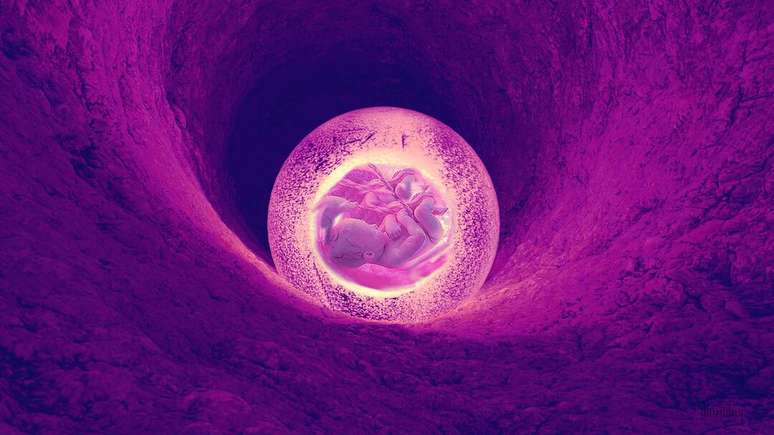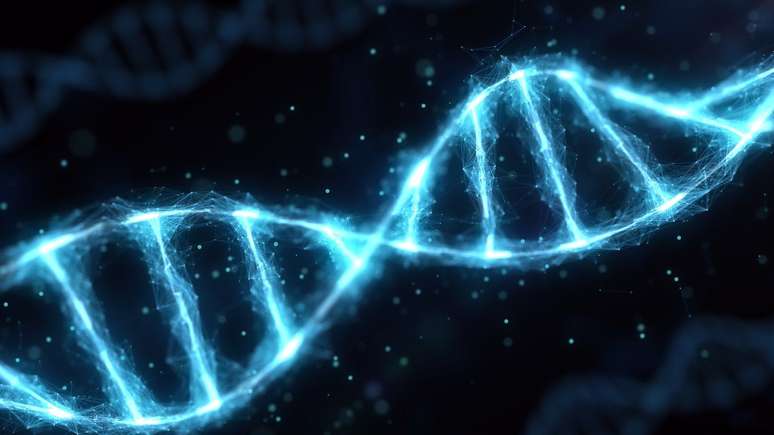Scientists estimate that the Y chromosome, responsible for determining male sex, should disappear. Clues to the future of the species lie in mice
Carrier of a gene that determines the presence of male sex, the Y chromosome is “disappearing” in the human species. However, its complete extinction will not occur until 11 million years from now, long enough for a new sex-determining gene to emerge. In short, this will not be the end of men and the species will perpetuate itself.
- The Y chromosome is completely sequenced for the first time
- According to one study, 1 in 500 men has an extra sex chromosome
To reassure those in need, two (known) species of rats have already lost the Y chromosome in the wild, but have survived and provide valuable clues about the future of humanity.
What is the Y chromosome?
For most mammals, including humans, females have two X chromosomeswhile males have a single X and a small chromosome called Y: yes, it is smaller than the others.
OX contains approximately 900 genes, most of which play roles unrelated to biological sex. In the case of Y, there are about 55 genes and a lot of genetic material whose usefulness is unknown.

As for sex, the Y chromosome contains the “master” sex gene SRY. In the first weeks of pregnancy, SRY becomes active and begins the development of the testes in the embryos, allowing for the future production of hormones, such as testosterone.
Why does the Y chromosome “disappear”?
What is causing the disappearance of the Y is still a mystery to science, but this chromosome already has fewer genes than the X, for example. On average, five new genes are lost every million years. In 11 million years it will disappear completely.
What will happen to humans?
Calm! Jenny Graves, professor of genetics at La Trobe University, Australia, explains that the human species is not expected to evolve towards the existence of only females at the end of this period.
“Some lizards and snakes are exclusively female species and can produce eggs from their own genes through so-called parthenogenesis. But this cannot happen with humans or other mammals,” says Graves in an article for the platform The conversation.
Learning from rodents
For the specialist, the future of the human species is closer to what has already happened with some wild rodents, such as the Microtus rossiaemeridionalisfrom Eastern Europe, and the Tokudaia muenninkifrom Japan. Both continue to reproduce, even without the Y chromosome.
In the case of the Japanese rat, a recent study published in the journal Proceedings of the National Academy of Sciences (PNAS) details the changes between genes and how new males emerge during gestation.
So, find out this species of mouse:
The study, conducted by Japanese researchers, including members of the Tokyo Institute of Technology, reveals that most of the genes present on the Y have been relocated to other chromosomes and new ones have also emerged. Therefore, males continue to be born, but by new pathways, involving a different sex-determining gene.
Source: PNAS AND The conversation
Trends on Canaltech:
- Popó x Kleber Bambam | How to watch the fight live?
- Xiaomi 14 Pro gains satellite communication and becomes even more expensive
- 10 Cool Commands to Use in Gemini
- A mysterious wave-shaped structure is moving across our galaxy
- The presence of lead in the Stanley Cup leads to the company being sued
- What is the best Apple Watch to buy in 2024?
Source: Terra
Rose James is a Gossipify movie and series reviewer known for her in-depth analysis and unique perspective on the latest releases. With a background in film studies, she provides engaging and informative reviews, and keeps readers up to date with industry trends and emerging talents.




![A More Beautiful Life in Advance: Jennifer Gets Lost in the Feelings… What’s in store for the week of October 27 – October 31, 2025 [SPOILERS] A More Beautiful Life in Advance: Jennifer Gets Lost in the Feelings… What’s in store for the week of October 27 – October 31, 2025 [SPOILERS]](https://fr.web.img6.acsta.net/img/da/bf/dabf67a32e462c255362445e30b8ae1c.jpg)



